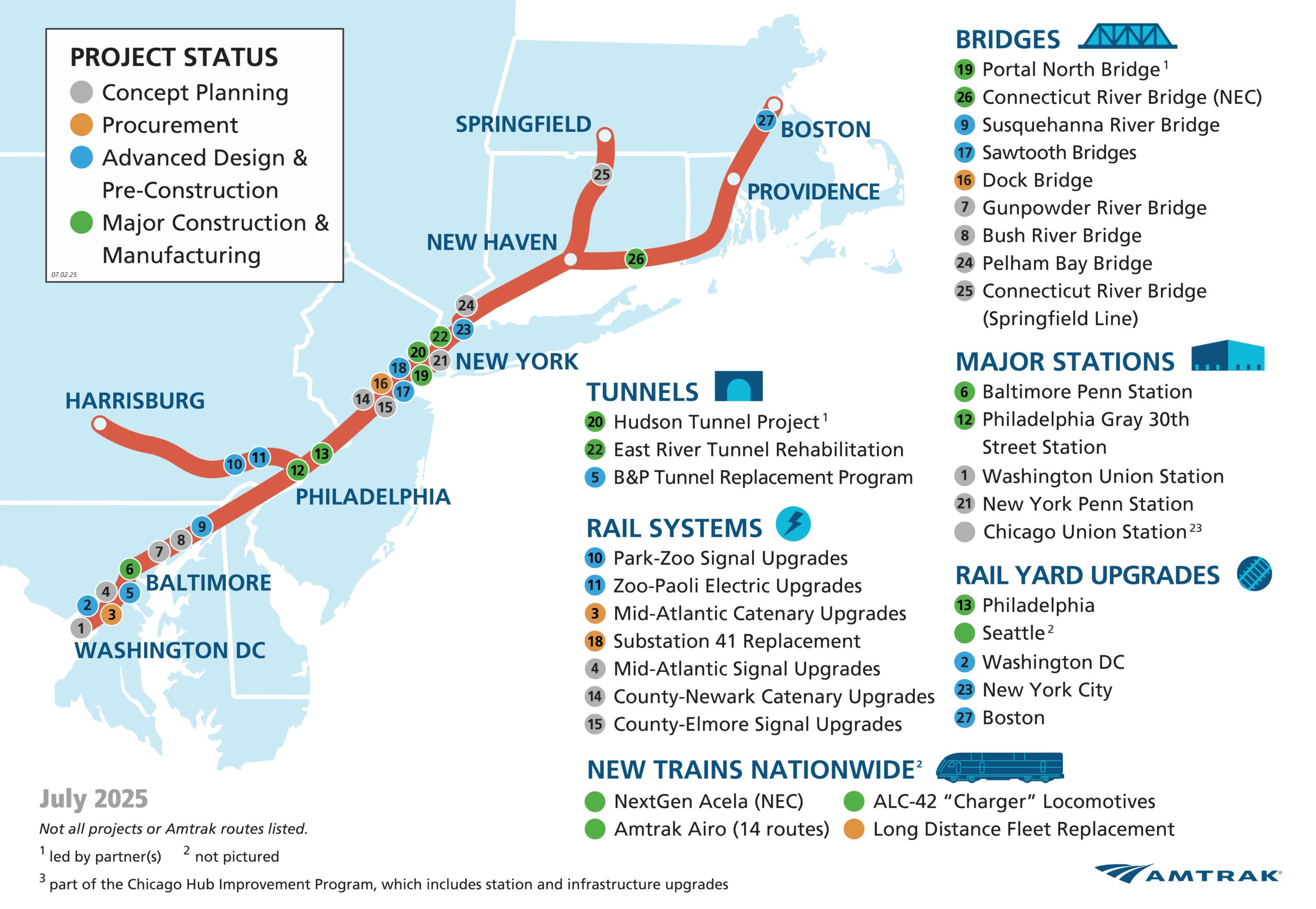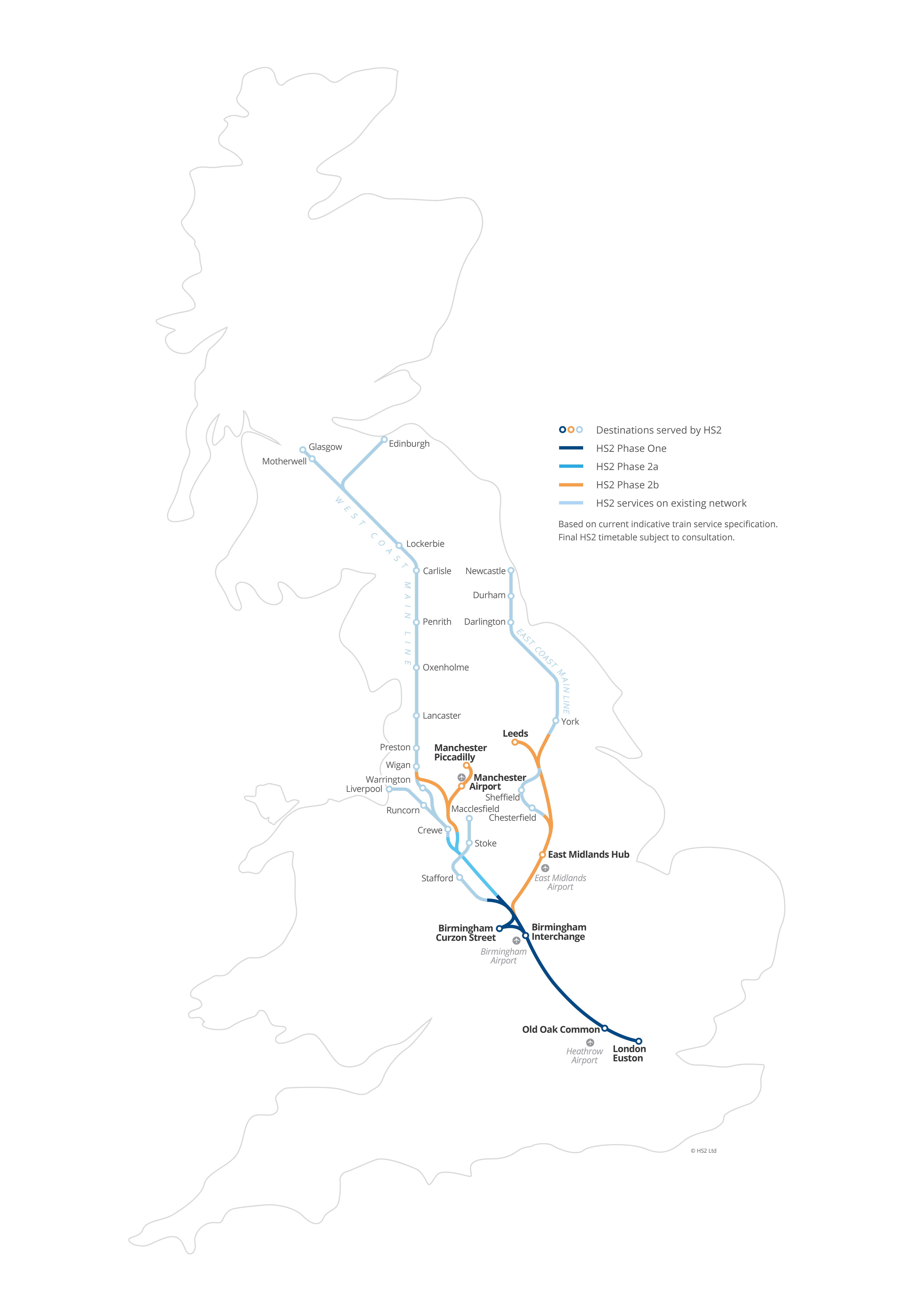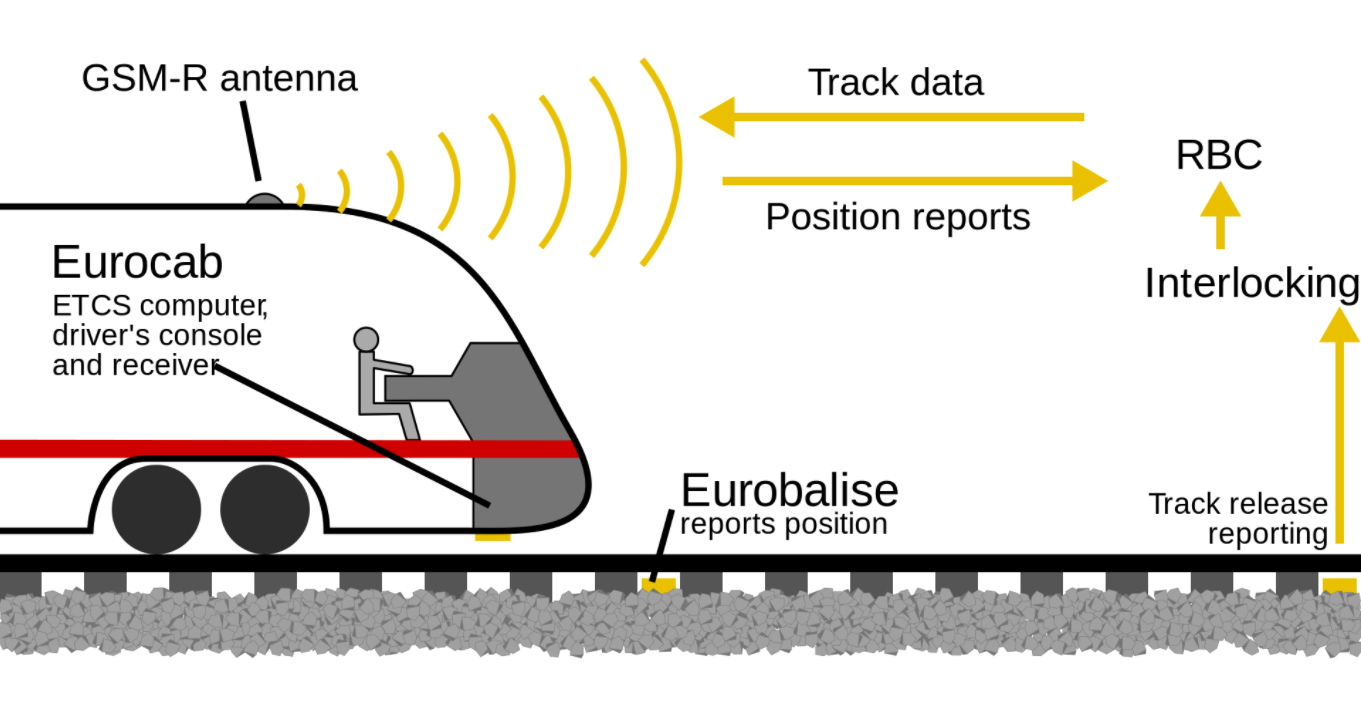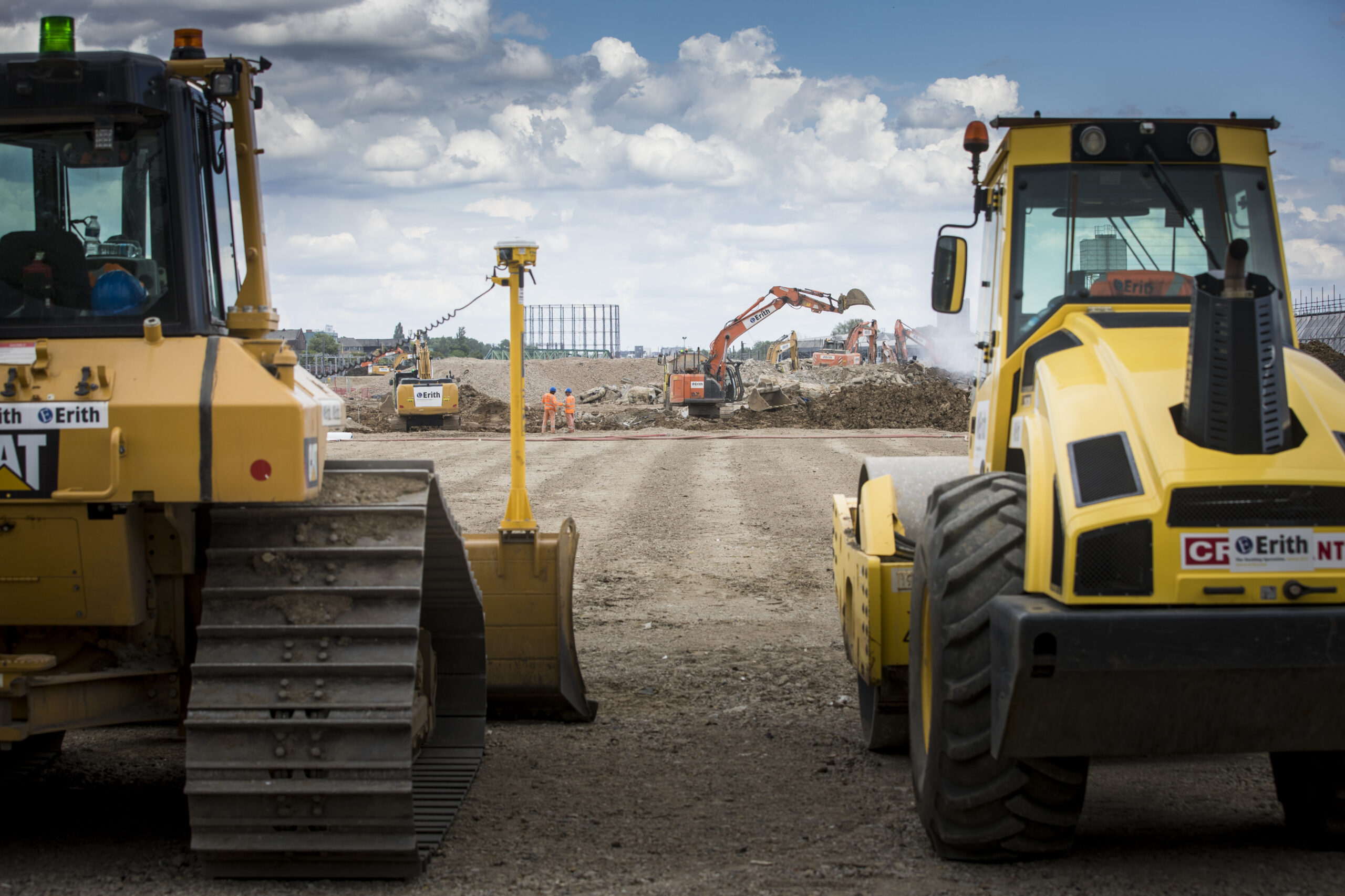HS2 has adopted the emissions identification scheme CESAR ECV for its construction sites in an effort to cut emissions and control air quality.
HS2, along with the London boroughs and the Energy Savings Trust, assisted the Construction Equipment Association (CEA) in developing the Emissions Compliance Verification (ECV) scheme. The scheme sits well with HS2’s Air Quality Strategy, which sets emissions standards for all vehicles and plat equipment. HS2 is now hoping for the wider construction industry to adopt the scheme.
The ECV system acts as a ‘bolt-on’ to the existing CESAR security system. It allows individuals to perform quick and easy checks of a machine’s emissions category. This in turn helps keep emissions as a low as possible where they cannot be avoided.
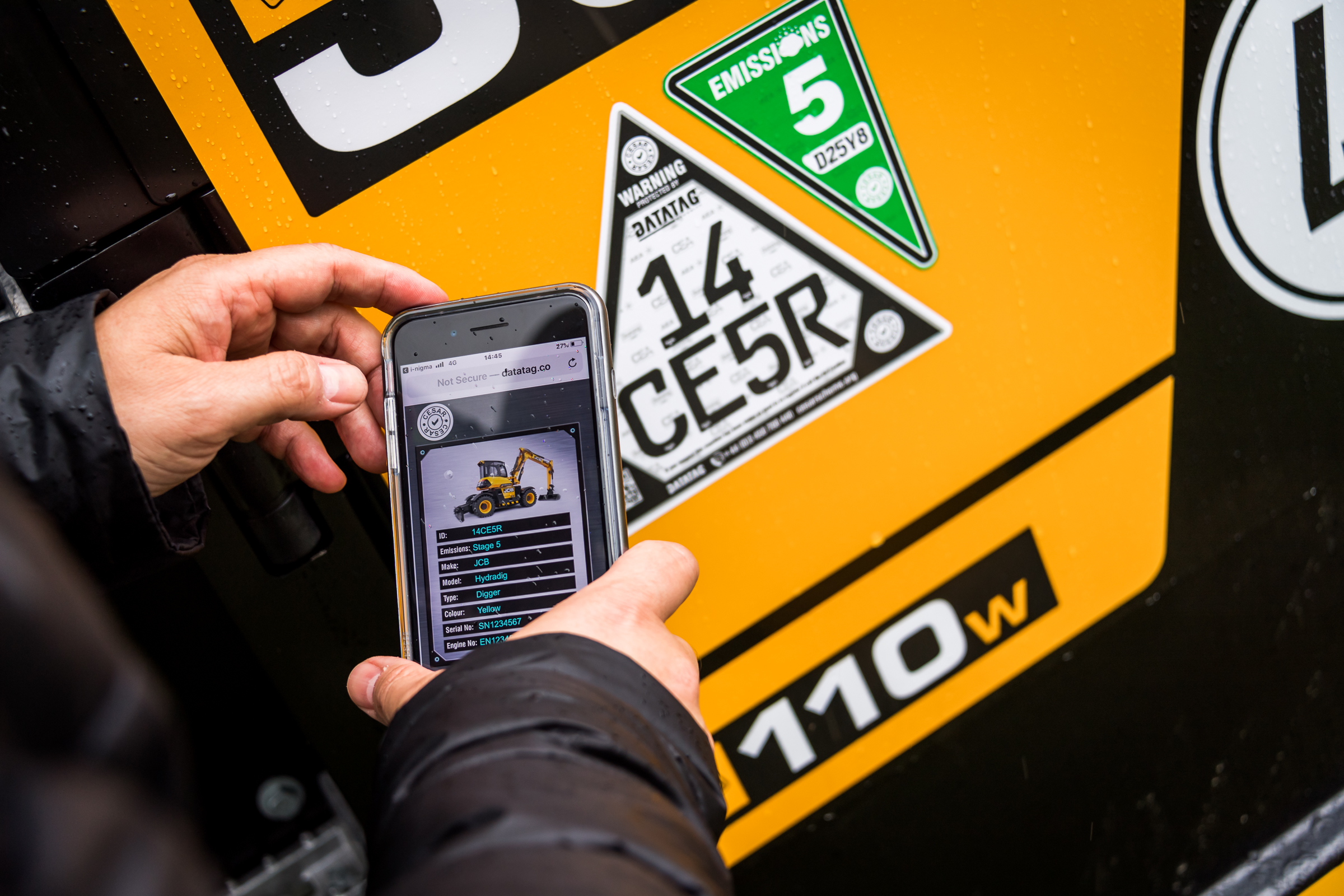
Each machine will be equipped with a unique colour-coded label that contains a QR code. When scanned, the QR code reveals full emissions data. This is a huge time and cost savings compared to what previously had to be done, namely that the inspecting individual had to look under the bonnet for the engine plate in order to determine compliance. When a site is inspected where the machinery is in use, this method means that the machines need to be stopped and cooled before they can be checked.
Being such a major and long-term infrastructure project, HS2 has the ability to shape the construction sector in a number of ways and recommending the adoption of the scheme to contractors and supply chains is one of them. HS2 reports that a number of contractors are in talks to adopt the new scheme.
JCB and Hitachi Construction Equipment have gone ahead with the scheme and are now factory fitting the system to all their machines in the UK and Ireland.
Andrea Davidson, Phase One Air Quality Lead, HS2 Ltd, said:As the country’s largest infrastructure project, we have an opportunity to work with our partners and supply chain to create a greener way of designing and building the new railway. Environmental innovations are at the heart of everything we do – from reducing carbon emissions and using renewable energy on sites; to including eco-friendly features in our designs, creating hundreds of new wildlife habitats along the route, and helping Britain reach our 2050 net zero carbon emissions target.
It’s also important for us to provide assurances to local authorities and the public that we’re reducing emissions, tightly monitoring air quality and maintaining national air quality standards. The CESAR ECV system is one of many innovations we are supporting, and it’s now our job to embed it in the industry by encouraging our suppliers to use the new scheme as a tool for compliance assurance across all our sites.
As part of its contribution to the scheme’s development, HS2 emphasised the time and cost savings along with the health and safety benefits of inspecting engine plate numbers. HS2 acted as an adviser with regards to the challenges of retrofitting the system, and how to deal with hybrid and electric equipment. It further assessed the working practicalities of the scheme on construction sites and provided design input. Of course, for the scheme to do good work, it needs to be adopted by the industry and HS2 has been playing a strong advocacy role in this regard.
The emissions requirements for HS2 are stricter than the current Greater London Authority requirements and are in place for the whole of HS2 Phase 1.
HS2 is pleased to report that the initial feedback on the scheme from its suppliers has been very positive.
Also read:
- Notice to Proceed and Coronavirus – HS2 in 2020
- DfT Appoints Independent Construction Commissioner for HS2 Phase 2a
- HS2 Old Oak Common Gets Planning Approval
- HS2 Begins Search for Signalling Contractors

















